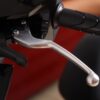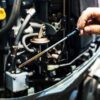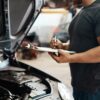Mastering basic car maintenance can empower women to handle routine vehicle upkeep with confidence. Knowing how to care for your car is invaluable, whether for daily commuting or ensuring safety on the road. This article explores essential maintenance tips designed to equip women with the knowledge to keep their vehicles running smoothly. From checking tire pressure to understanding your car’s warning lights, these practical tips will help you navigate the basics of automotive care.
Contents
Regularly Checking Your Vehicle

Regular inspections of your vehicle can prevent small issues from becoming major problems. This includes checking fluid levels, hoses, belts, and other visible components for wear and tear. By keeping an eye on these elements, you can catch potential issues early, potentially saving on expensive repairs down the line.
Pay Attention To The Warning Lights
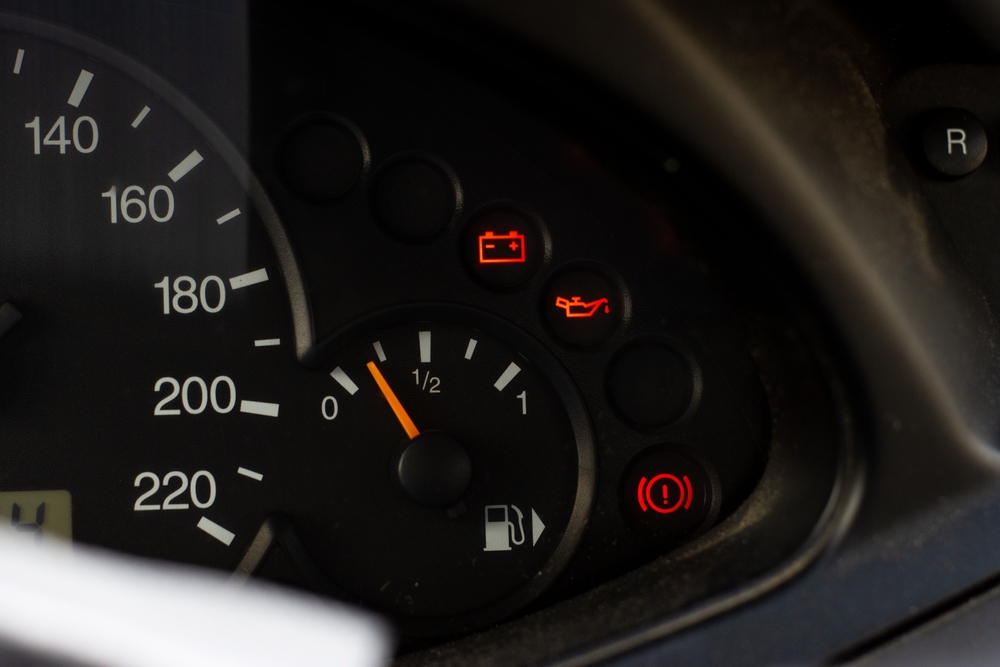
Your car’s dashboard lights are an immediate signal from your vehicle’s diagnostic system concerning its health. Each light has a specific meaning, ranging from low fuel to a malfunctioning engine. Ignoring these warnings can lead to serious mechanical failures or safety issues.
Keeping the Car Clean

Regular cleaning is not just about aesthetics; removing dirt and grime can protect your car’s paint and undercarriage from corrosion. Inside, keeping surfaces clean enhances the internal environment, reducing wear on upholstery and controls.
Checking Tire Pressure and Tread Depth

Properly inflated tires ensure optimal contact with the road, improving safety and fuel efficiency. Checking tread depth is equally important, as worn tires significantly decrease the vehicle’s handling and braking efficiency, especially on wet roads.
Check and Replace Your Spark Plugs as Needed

Spark plugs are crucial for your engine’s operation. Faulty spark plugs can cause poor performance and increased fuel consumption. Checking and replacing them as recommended by your vehicle’s manufacturer helps maintain engine efficiency and reliability.
Check Brakes Regularly

Your vehicle’s brakes are essential for safe driving. Regular checks for wear and tear, and listening for noises like squeaking or grinding, can prevent brake failure. Ensure that brake pads and rotors are inspected regularly and replaced as necessary.
Check Your Battery

A dead battery can leave you stranded. Check your battery’s charge level, especially during extreme temperatures, as these can significantly shorten a battery’s life. Ensure the terminals are clean and free from corrosion to maintain a good connection.
Oil
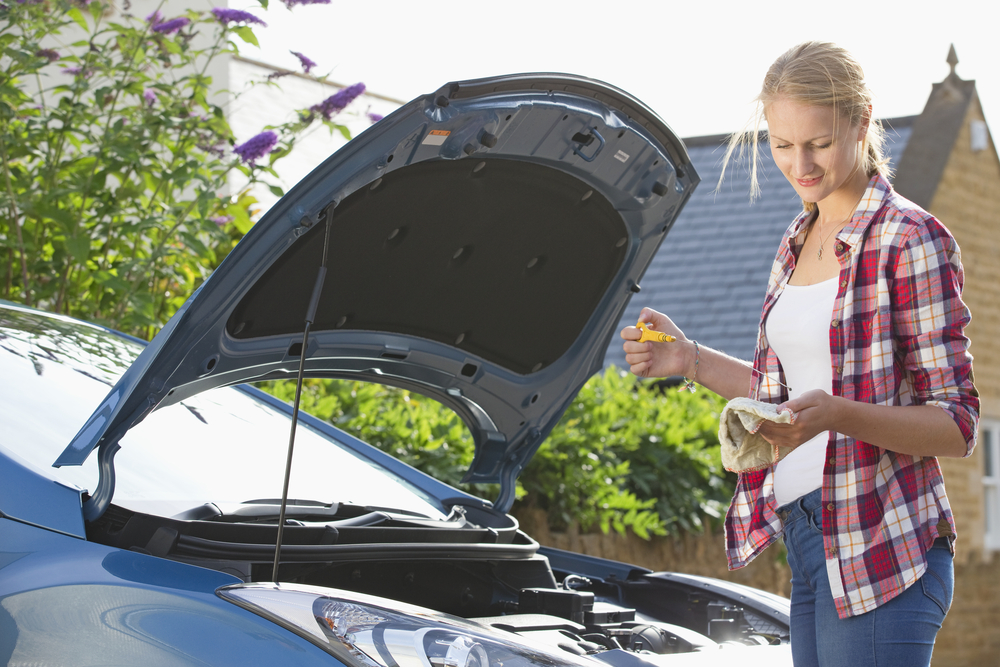
Regular oil changes are vital for the health of your engine. Oil lubricates the engine’s moving parts, reduces friction, prevents overheating, and helps to keep the engine clean by preventing buildup of harmful substances.
Lights

Ensuring all external lights are functioning is crucial for your visibility and communication with other drivers. Check your headlights, brake lights, turn signals, and hazard lights regularly. Replace any burned-out bulbs promptly to maintain safety.
Checking Your Wiper Blades

Wiper blades that don’t clear the windshield effectively can impair visibility during rain or snow. Check for signs of wear and replace the blades if they leave streaks or miss areas of the windshield.
Replace Air Filters
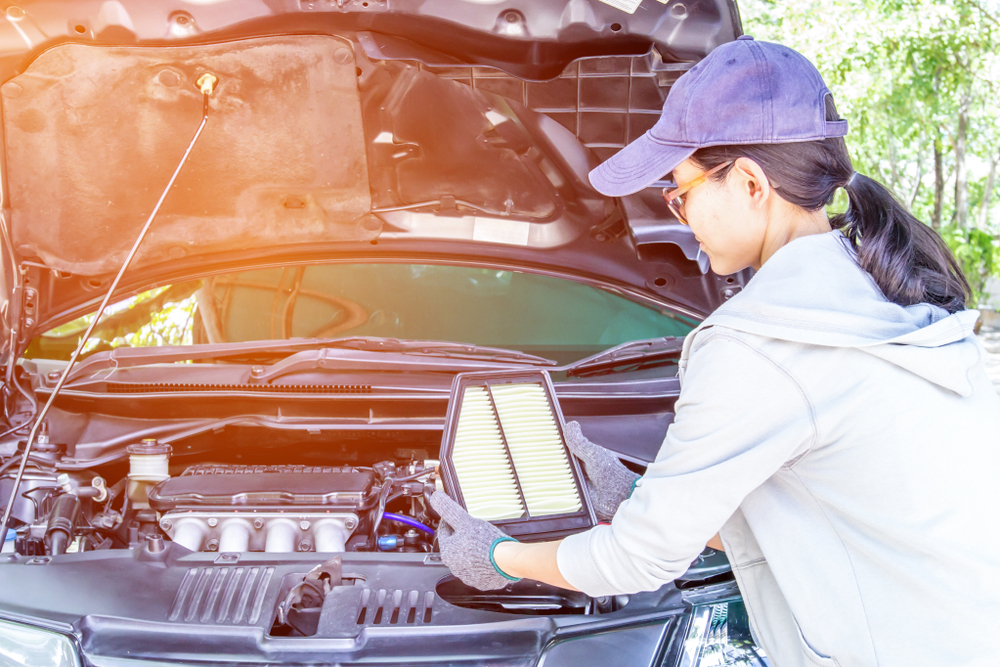
Your car’s air filters prevent dust, pollen, and other pollutants from entering the engine and the interior of the vehicle. Dirty air filters can reduce airflow, impacting engine performance and interior air quality. Regular replacement is simple and helps maintain both engine efficiency and cabin comfort.
Remove Battery Corrosion
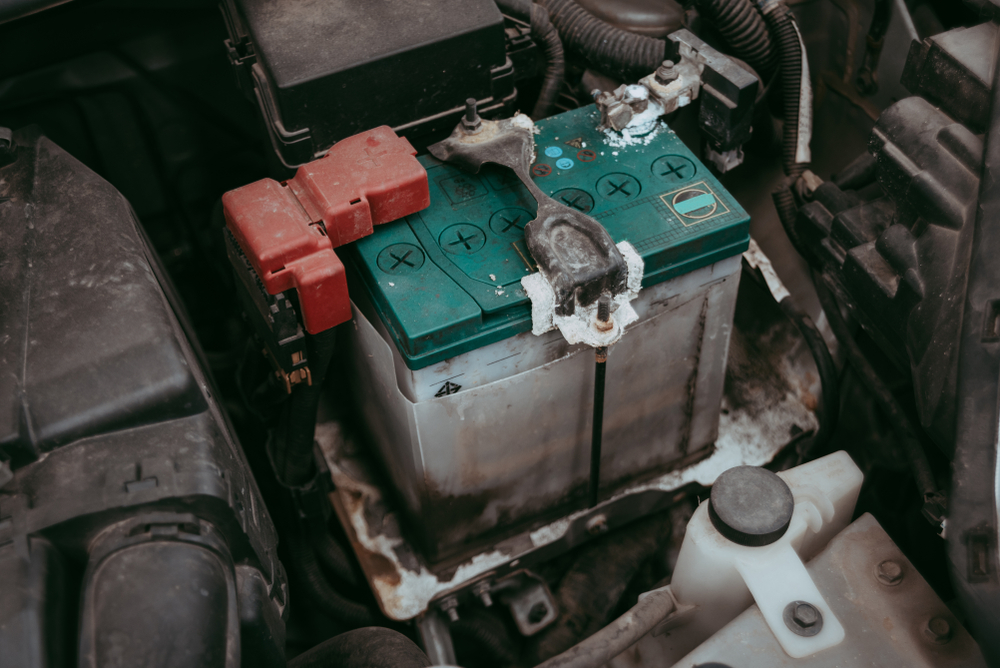
Battery terminals can corrode over time, which can lead to poor connections and reduced battery life. Cleaning off corrosion and applying anti-corrosive protection can help ensure your battery delivers full power.
Check Engine Fluids

Regularly check and top up engine fluids, including coolant, brake fluid, power steering fluid, and transmission fluid. These fluids are vital for the operation and longevity of their respective systems and should be kept at recommended levels.
Listen to Your Car

Pay attention to unusual sounds like clicks, ticks, rattles, or whines. These sounds can be early warnings of mechanical issues. Identifying and addressing such noises early can often prevent more extensive damage.
Inspect Belts and Hoses
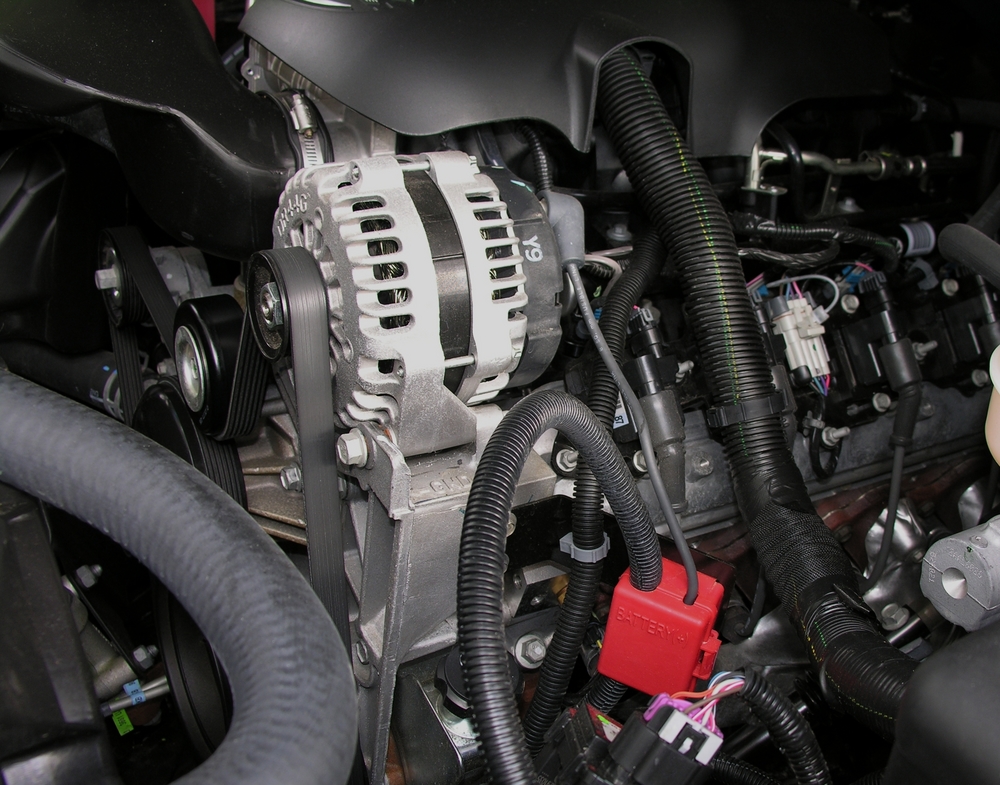
Check belts and hoses for cracks, leaks, or loose connections. These components are crucial for the proper functioning of the engine’s cooling, air conditioning, and charging systems. Replacing worn belts and hoses is much cheaper than repairing the damage caused by a failure.
Understand Your Car’s Manual

Your vehicle’s manual contains specific maintenance guidelines, schedules, and operating tips. Understanding this information can help you maintain your vehicle effectively and may also provide important insights for troubleshooting issues.
Prepare an Emergency Kit
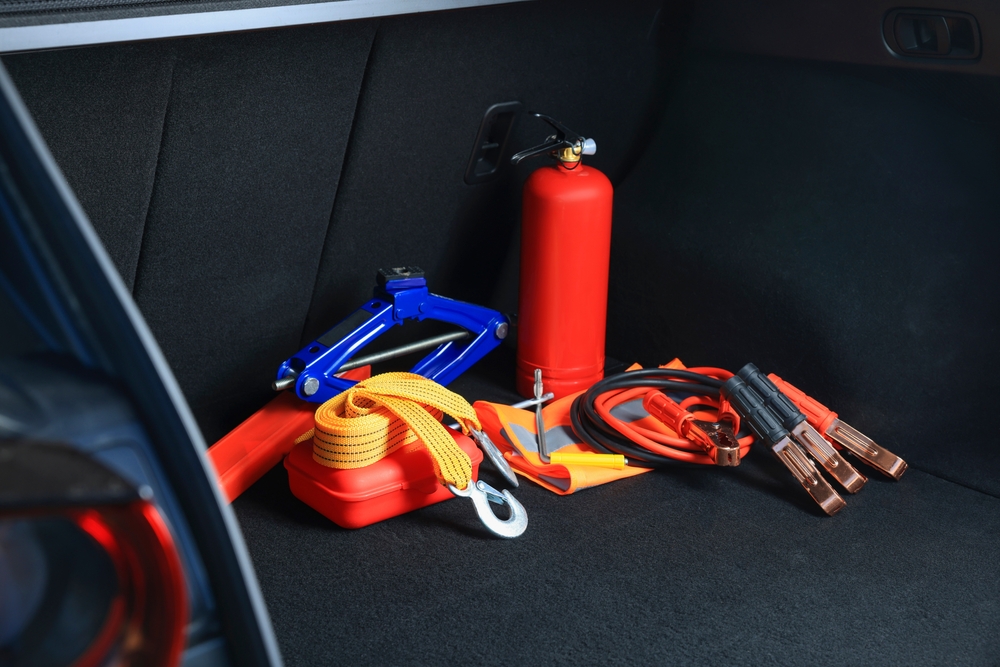
Keep an emergency kit in your car that includes items like a flashlight, jumper cables, a first-aid kit, water, and basic tools. This can be invaluable if you find yourself stranded or in an accident.
This article originally appeared on MyCarMakesNoise.
More from MyCarMakesNoise
The 25 Worst-Selling Cars in American History

While many cars have become icons of innovation and style, like the Mustang, Corvette, and Model T, others have famously flopped. Read More.
The Top 10 Motorcycle Brands Around the Globe

This article journeys through the legacy and lore of these iconic brands, exploring their genesis, evolution, and the indelible imprint they leave on the open road. Read More.
Celebrating America`s 11 Greatest Muscle Cars Ever Made

These legendary machines have left an indelible mark on automotive history, from their aggressive designs to thunderous engines. Read More.






